Bifocals vs. Progressive Lenses: Understanding the Difference
For individuals with presbyopia, a common condition that occurs with age causing difficulty in focusing on nearby objects, choosing the right type of eyeglass lenses becomes crucial. Bifocals and progressive lenses are two popular options that offer distinct advantages, depending on individual needs and preferences. Understanding the differences between these lens types can help you make an informed decision when faced with the prospect of purchasing new eyewear.
Bifocals, as the name suggests, consist of two distinct optical powers within a single lens. The upper portion of the lens corrects distance vision, while the lower portion corrects near vision. This design provides a clear distinction between the two visual fields. Bifocals are ideal for individuals who require a significant contrast between distance and near correction, and find it useful to switch between the two with a visible line delineating the sections.
However, bifocals do possess a noticeable drawback – the abrupt change between the two powers that can cause visual disturbances or discomfort, known as the “image jump” phenomenon. When your eyes move across the line separating the distance and near corrections, the sudden shift in focus can be unsettling. Moreover, the visible line can be aesthetically unappealing to some people who prefer a seamless appearance in their eyewear.
Progressive lenses, a more recent innovation, offer a smoother transition between distance and near vision. Instead of distinct sections in the lens, progressive lenses have a gradual change in power, accommodating the needs for clear vision at different distances. This type of lens features a distance-correction area on top, followed by a small corridor for intermediate vision, and finally a larger area for near vision. The absence of a visible line in progressive lenses provides a more seamless visual experience and eliminates the image jump phenomenon.
Progressives also offer a wider range of vision, as the intermediate zone allows for comfortable viewing of objects at arm’s length, such as a computer screen or dashboard. Unlike bifocals, progressive lenses allow wearers to see clearly at all distances without having to make any adjustments, offering a more natural viewing experience.
However, adjusting to progressive lenses can take some time, as the brain needs to adapt to the changing focal points. This adjustment period may cause mild discomfort or headaches initially but tends to diminish after a few days or weeks of use. Some wearers may also experience peripheral distortion or a narrower field of view when compared to bifocals.
Ultimately, the choice between bifocals and progressive lenses depends on individual preferences and needs. If you require a distinct difference between distance and near correction and don’t mind a visible line, bifocals may be the better option. On the other hand, if you prefer a seamless appearance, a wider range of vision, and a more natural visual experience, then progressive lenses are likely the right choice.
When it comes to eyeglass lenses, selecting the right option is important for optimal vision and comfort. Whether you choose bifocals or progressive lenses, consulting with an optometrist or eyewear specialist who can guide you through the process will ensure that you make an informed decision that suits your specific vision needs and lifestyle.
